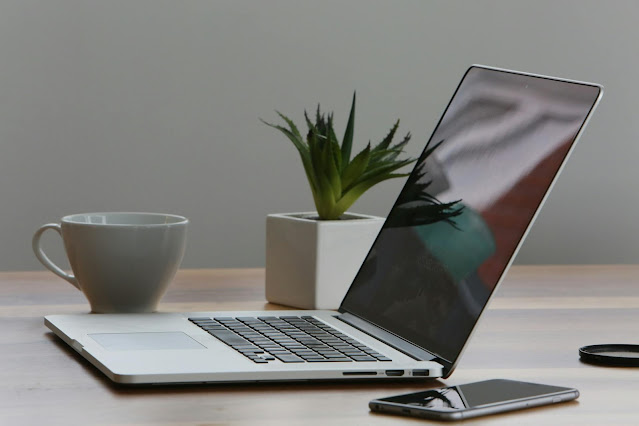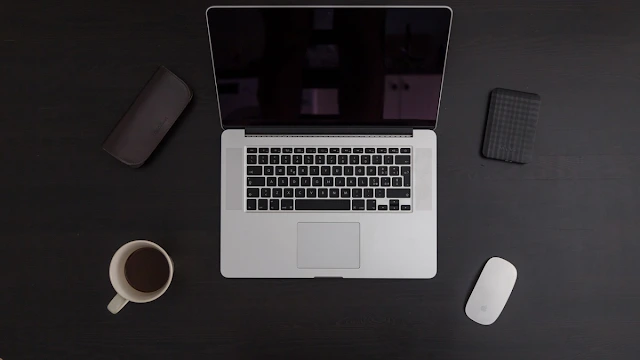Unlock the secrets to maximizing your laptop’s battery life with our comprehensive guide. Learn practical tips and techniques to extend battery longevity while boosting productivity. Say goodbye to the frustration of sudden power loss and hello to uninterrupted workflow. Get started today!
Introduction
In today’s fast-paced world, where productivity is paramount, the last thing you need is your laptop dying on your mid-task. Maximizing your laptop’s battery life isn’t just about convenience; it’s about ensuring uninterrupted workflow and peak efficiency. Let’s dive into some tips and tricks to help you squeeze every last drop of juice from your laptop battery.
Understanding Battery Basics
Before delving into optimization techniques, it’s essential to grasp the fundamentals of how laptop batteries function. Most laptops use lithium-ion batteries, which are known for their high energy density and long lifespan. These batteries operate based on the movement of lithium ions between electrodes, generating electrical energy in the process.
Factors Affecting Laptop Battery Life
Several factors can impact the longevity of your laptop battery. Screen brightness, processor usage, background applications, and peripheral devices all contribute to power consumption. Additionally, battery health deteriorates over time, leading to reduced capacity and runtime.
Power-Saving Settings and Techniques
One of the simplest ways to extend battery life is by adjusting power-saving settings. Lowering screen brightness, disabling unnecessary background processes, and utilizing power-saving modes can significantly reduce energy consumption without sacrificing performance.
Hardware and Software Optimization
Optimizing both hardware and software is crucial for maximizing battery life. Upgrading to energy-efficient components, such as solid-state drives (SSDs) and low-power processors, can yield significant improvements. Likewise, keeping your operating system and applications up-to-date ensures optimal efficiency and compatibility.
Proper Charging Habits
Contrary to popular belief, frequent charging doesn’t harm modern lithium-ion batteries. However, shallow discharge cycles are preferable to deep discharges, as they minimize strain on the battery. Ideally, aim to maintain your battery between 20% and 80% charge for optimal longevity.
Temperature Control
Extreme temperatures can negatively impact the health of batteries. Avoid exposing your laptop to excessive heat or cold, as it can accelerate degradation and reduce lifespan. Whenever possible, operate your laptop in a cool, well-ventilated environment.
Battery Maintenance
Regular maintenance is essential for preserving battery health. Keep your battery contacts clean and free of debris, and avoid exposing it to moisture or humidity. If you’re storing your laptop for an extended period, partially charge the battery to around 50% before storage to prevent over-discharge.
Utilizing Battery Monitoring Tools
Numerous software tools are available for monitoring battery usage and health. These tools provide valuable insights into your laptop’s power consumption and can help identify inefficiencies or abnormal behaviour.
Eco-Friendly Practices
In addition to extending your laptop’s battery life, adopting energy-saving habits contributes to environmental sustainability. By reducing power consumption, you minimize your carbon footprint and contribute to a greener future.
External Battery Options
For users requiring extended battery life on the go, external battery packs offer a convenient solution. These portable chargers provide additional power when needed, allowing you to work or travel without worrying about running out of juice.

User Habits and Behaviour
Ultimately, your usage patterns play a significant role in determining battery life. Avoid running multiple resource-intensive applications simultaneously, and close unused programs to conserve energy. Additionally, consider implementing power-saving measures during periods of inactivity.
Troubleshooting Battery Issues
If you encounter battery-related issues, such as rapid discharge or sudden shutdowns, several troubleshooting steps can help identify and resolve the problem. These may include recalibrating the battery, updating device drivers, or performing a system reset.
Conclusion
By implementing these tips and techniques, you can effectively extend the battery life of your laptop, ensuring uninterrupted productivity and improved efficiency. Remember to prioritize proper charging habits, optimize power settings, and monitor battery health regularly to maximize longevity.
FAQs: Tips to Extend Your Laptop Battery Life
Q: How often should I charge my laptop battery?
Ans: It’s best to charge your laptop battery before it drops below 20%. Keeping it between 20% and 80% can help prolong its lifespan.
Q: Does using dark mode really save battery life?
Ans: Yes, especially on OLED screens, dark mode can save battery because fewer pixels are lit.
Q: Should I keep my laptop plugged in all the time?
Ans: No, it’s not recommended to keep your laptop plugged in all the time. This can overheat the battery and reduce its lifespan.
Q: How can I check my laptop battery’s health?
Ans: You can check your battery’s health using built-in tools in your operating system or third-party battery management software.
Q: Do external peripherals drain the laptop battery?
Ans: Yes, external peripherals like hard drives, mice, and keyboards can draw power from your laptop. Disconnect them when not in use to save battery life.
To Read about the laptop buy guide, follow this article
https://blogzwave.com/back-to-school-how-to-select-the-right-laptop/
Important: The information provided here in the post is for general informational purposes only. It should not be taken as professional or any other type of advice. Always seek the advice of a qualified professional before implementing this information on your own. Thank you!
Add Blogzwave To Your Google News Feed


